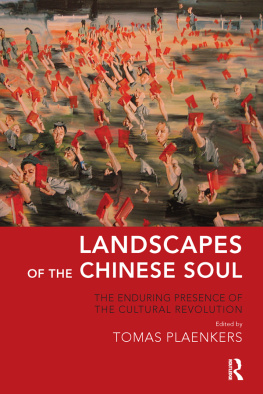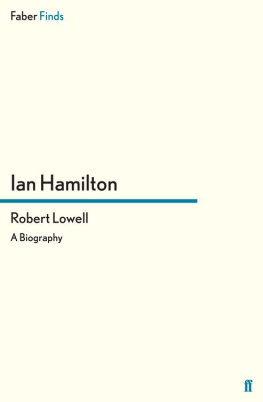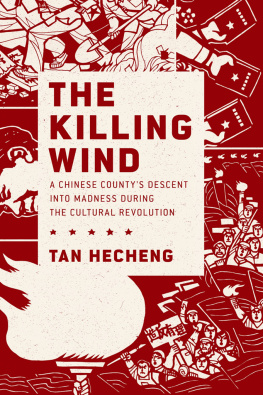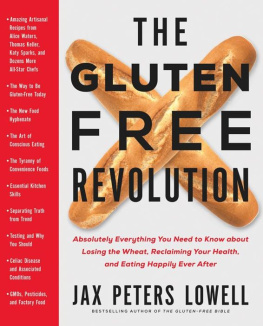Liu Shaoqi
and the
Chinese Cultural
Revolution
Liu Shaoqi and the Chinese Cultural Revolution
revised edition
Lowell Dittmer
First published 1998 by M.E. Sharpe
Published 2015 by Routledge
2 Park Square, Milton Park, Abingdon, Oxon OX14 4RN
711 Third Avenue, New York, NY 10017, USA
Routledge is an imprint of the Taylor & Francis Group, an informa business
Copyright 1998 by Taylor & Francis. All rights reserved.
No part of this book may be reprinted or reproduced or utilised in any form or by any electronic, mechanical, or other means, now known or hereafter invented, including photocopying and recording, or in any information storage or retrieval system, without permission in writing from the publishers.
Notices
No responsibility is assumed by the publisher for any injury and/or damage to persons or property as a matter of products liability, negligence or otherwise, or from any use of operation of any methods, products, instructions or ideas contained in the material herein.
Practitioners and researchers must always rely on their own experience and knowledge in evaluating and using any information, methods, compounds, or experiments described herein. In using such information or methods they should be mindful of their own safety and the safety of others, including parties for whom they have a professional responsibility.
Product or corporate names may be trademarks or registered trademarks, and are used only for identification and explanation without intent to infringe.
Library of Congress Cataloging-in-Publication Data
Dittmer, Lowell.
Liu Shaoqi and the Chinese cultural revolution / Lowell Dittmer.Rev. ed.
p. cm.
An East gate book.
Includes bibliographical references and index.
ISBN 1-56324-951-0 (alk. paper).
ISBN 1-56324-952-9 (pbk.: alk. paper)
1. Liu, Shao-chi, 18981969. 2. ChinaHistoryCultural Revolution, 19661969. 3. Communist self-criticism. I. Title.
DS778.L49D57 1998
951.056dc21 97-41292
CIP
ISBN 13: 9781563249525 (pbk)
ISBN 13: 9781563249518 (hbk)
To TANG TSOU
Contents
GENERAL
ACGUAll-China General Union
APCAgricultural Producers Cooperatives
CCCentral Committee
CCPChinese Communist Party
CCRGCentral Cultural Revolution Group
CPSUCommunist Party of the Soviet Union
CYLCommunist Youth League
GLFGreat Leap Forward
GPCRGreat Proletarian Cultural Revolution
MACMilitary Affairs Commission
MCCMilitary Control Commission
NCNANew China News Agency
PL APeoples Liberation Army
RCRevolutionary Committee
SEMSocialist Education Movement
URIUnion Research Institute
PUBLICATIONS
ASAsian Survey
CL&GChinese Law and Government
CNChina Notes
CNAChina News Analysis
CQThe China Quarterly
CSCurrent Scene
CSNChina Science News
CWCollected Works of Liu Shaoqi
DSJPDaily Summary of the Japanese Press
ECMMExtracts from China Mainland Magazines
FBISForeign Broadcast Information Service
FEERFar Eastern Economic Review
GRGuangming ribao [Illumination Daily]
HPHongqipiaopiao
ISIssues and Studies
JPRSJoint Publications Research Service
LADLiberation Army Daily [Jiefangjunbao]
LDLiberation Daily [Jiefang ribao]
LSWZJLin Shaoqi wenti ziliao juanji
NBLiu Shaoqi nianbu
NJJNongye jixie jishu
PDPeoples Daily [Renmin ribao]
PRPeking Review
RFRed Flag [Hongqi]
SCMMSelections from China Mainland Magazines
SCMPSurvey of the China Mainland Press
SRWMSelected Readings from the Works of Mao Zedong
SWSelected Works of Mao Zedong
ZMZheng ming [Contending]
Note: Each abbreviation in the text or notes is cited in full the first time it appears. If the abbreviation refers to an item in the Selected Bibliography, the full citation will not appear in subsequent notes, but titles not included in the Selected Bibliography are cited in full the first time they appear in each chapter.
Why this book? There are two reasons for a second edition. The first is that the true significance of Liu Shaoqi in Chinese political history has not yet been fully appreciated. It is an unfortunate fact of political life that a large quantity of plausible falsehood can outweigh a small quantity of truth. The 1980 attempt at official rehabilitation, though certainly well-intended, has not entirely erased the impact of ten years of calumniationeven among many well-informed Chinese. Though Liu is no longer treated like the rat whose mere presence evokes cries to kill it, he is still often dismissed as a supporter of the Soviet model, a planner, or a dour martinet. None of these oversimplifications do him justice. In a way, Liu is far more politically meaningful now than when he was a household word: whereas he previously could be considered a major victim of the mass movement, or as the subject of one of historys fascinating counterfactual conditionalswhat might have been, the road not takensince the advent of the reforms he must also be studied in order to understand what is, for it is his thinking that underlies much of Dengs reform program.
The second reason for a revised edition is that new materials have come to light. Since Lius rehabilitation, a significant memorial cum biographical literature has appeared that illuminates important and hitherto obscure facets of Lius character and career. This new material necessitated a far more comprehensive and detailed revision than I had originally foreseen, simply in order to ensure factual accuracy. The essential themes and conclusions remain the same, with one exception. In the first edition, Liu had to be defended against the charge of conspiring to seize power from Mao, a charge that provided the animus for Lius disgrace. Since that time, particularly since the reversal of verdicts on the Great Proletarian Cultural Revolution (GPCR), the plausibility of that charge has diminished, and the suspicion has gained credence that it was actually the Maoists who conspired to bring down Liu and Deng. This is not the place to go into detail, but my own conclusion is that both conspiracy and spontaneity theories must be included in a fully satisfactory explanation. I submit that there are two levels of reality in Chinese politics, one on the surface and one lurking beneath the surface, and that while the idealistic and programmatic motives predominated at the surface level, the subsurface realm did entertain various schemes and plotswhich, this being Chinese politics, tend to be convoluted and personal. Yet I do not mean to privilege the subsurface dimension, for great issues were also at stake, such as whether the Chinese masses have an inherent right to rebel against unjust leadership without being repressed, or whether the Party is rather needed to guide mass participation and keep it within safe bounds. If this bilevel explanation is plausible it is of course only a beginning, inviting further research on the dynamics of the relationship between surface and subsurface, public and private, formal and informal.











